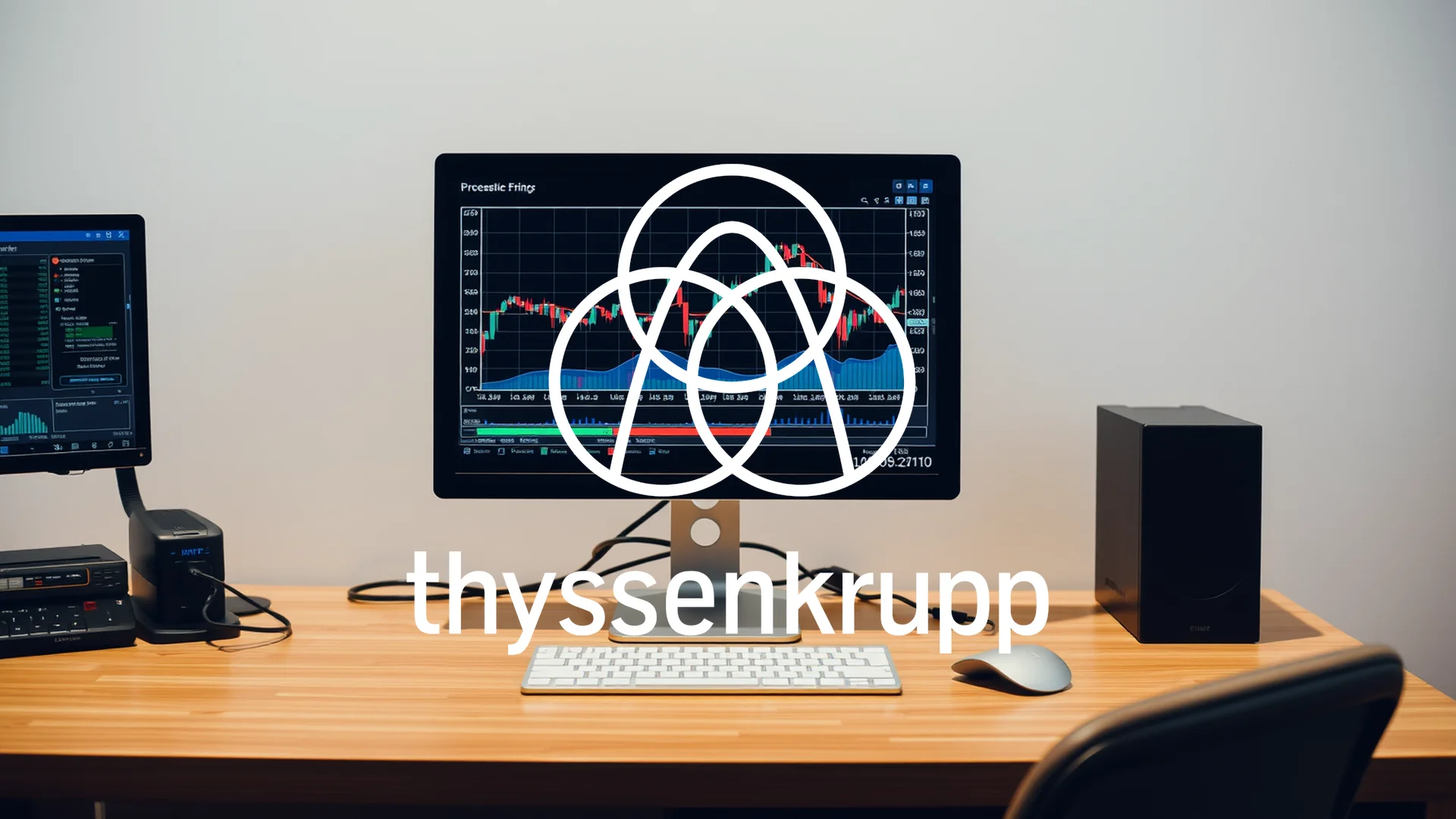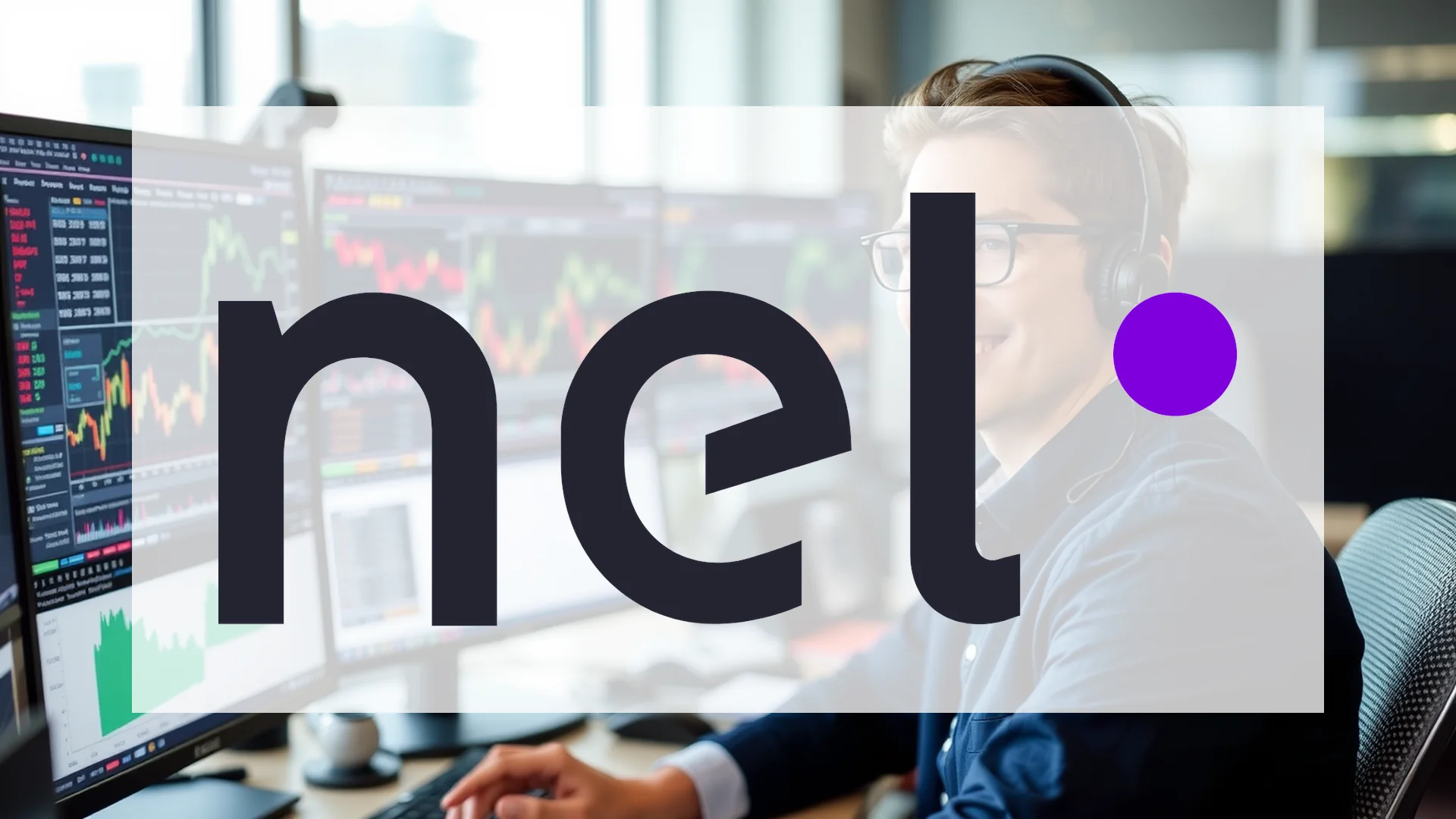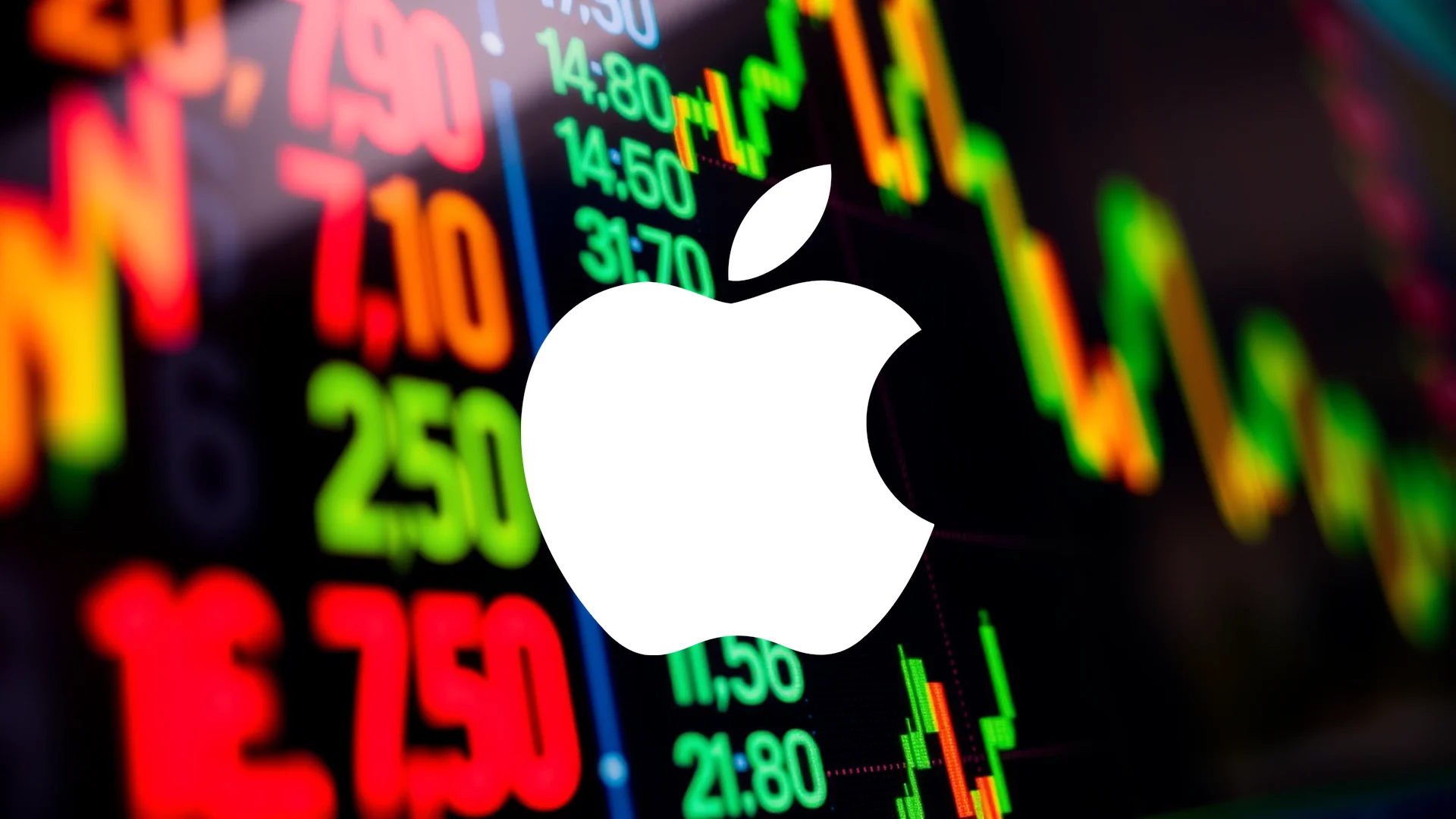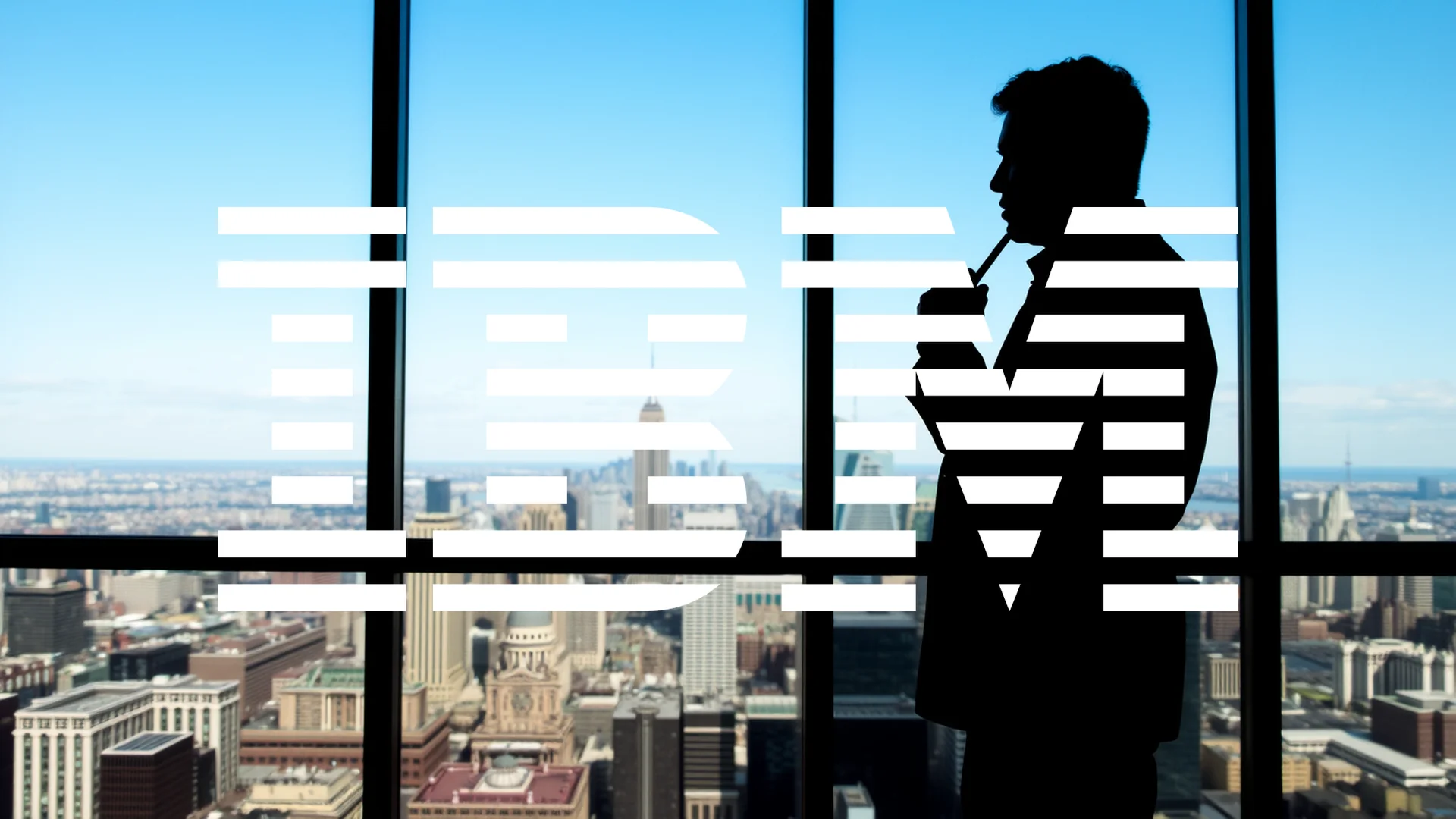The historic German industrial conglomerate Thyssenkrupp is navigating its most significant transformation in modern history. This dramatic overhaul presents a tale of two diverging business units: while its naval division TKMS prepares for a multi-billion euro market debut, the company’s traditional steel operations face severe contraction with thousands of job cuts and production capacity reductions. Complicating this balancing act, billionaire investor Daniel Kretinsky has unexpectedly exited the steel joint venture, potentially clearing the path for new partnership opportunities with Indian steel producers.
Naval Division TKMS Sets Course for October IPO
Market attention is focused on October 20, when Thyssenkrupp plans to list its marine systems subsidiary TKMS. Financial experts project a valuation between €2.3 and €2.7 billion for the naval defense unit, representing approximately one-third of the entire corporation’s market capitalization.
The strategic maneuver allows Thyssenkrupp to maintain majority control with a 51% stake while generating substantial proceeds from selling the remaining 49% to public market investors. TKMS has capitalized significantly on Europe’s defense spending surge, with its order backlog expanding dramatically to €18.6 billion over five years—more than triple previous levels.
TKMS Financial Highlights:
– Target operating margin exceeding 7% (compared to 4.3% in 2023/24)
– Projected annual revenue growth of 10%
– Current order backlog: €18.6 billion
– Anticipated IPO valuation reaching €2.7 billion
Steel Division Restructuring Accelerates Amid Investor Exit
As TKMS thrives, Thyssenkrupp’s steel operations face substantial downsizing. Internal restructuring documents outline plans to reduce production capacity from 11.5 million tons to between 8.7 and 9.0 million tons. The consolidation will eliminate 5,000 positions by 2030, with an additional 6,000 jobs slated for transfer or sale to external entities.
In a surprising development, Czech billionaire Daniel Kretinsky’s EP Group has withdrawn from its 20% stake in the steel division, acquired just last year. This reversal terminates negotiations for a proposed 50:50 joint venture, dealing a significant setback to CEO Miguel López Borrego’s strategic plans.
Should investors sell immediately? Or is it worth buying Thyssenkrupp?
Paradoxically, Kretinsky’s departure may create opportunity. Indian steel producer Jindal Steel has emerged as a potential new partner, expressing interest in acquiring a stake in Thyssenkrupp’s steel operations.
Hydrogen Transition Strategy Maintains Forward Momentum
Despite substantial cuts to its conventional steel operations, Thyssenkrupp remains committed to its green transformation strategy. The company plans to commission a direct reduction plant in Duisburg by 2027, initially operating on natural gas before transitioning to green hydrogen.
The initiative has already secured a significant endorsement, with Volkswagen signing a letter of intent to purchase CO₂-reduced “bluemint® Steel” beginning in 2028. This early commitment could encourage other automotive manufacturers to follow suit.
Share Performance Reflects Transformation Optimism
Thyssenkrupp’s equity has responded dramatically to these strategic shifts, skyrocketing 275% over the past twelve months. Shares recently reached a 52-week peak of €12.40, indicating strong market confidence in the corporate overhaul.
Technical indicators suggest the stock may be overbought in the near term, with the Relative Strength Index registering at 17.5. However, traditional valuation metrics may prove less relevant during such a fundamental corporate transformation of historic proportions.
Ad
Thyssenkrupp Stock: Buy or Sell?! New Thyssenkrupp Analysis from November 21 delivers the answer:
The latest Thyssenkrupp figures speak for themselves: Urgent action needed for Thyssenkrupp investors. Is it worth buying or should you sell? Find out what to do now in the current free analysis from November 21.
Thyssenkrupp: Buy or sell? Read more here...












